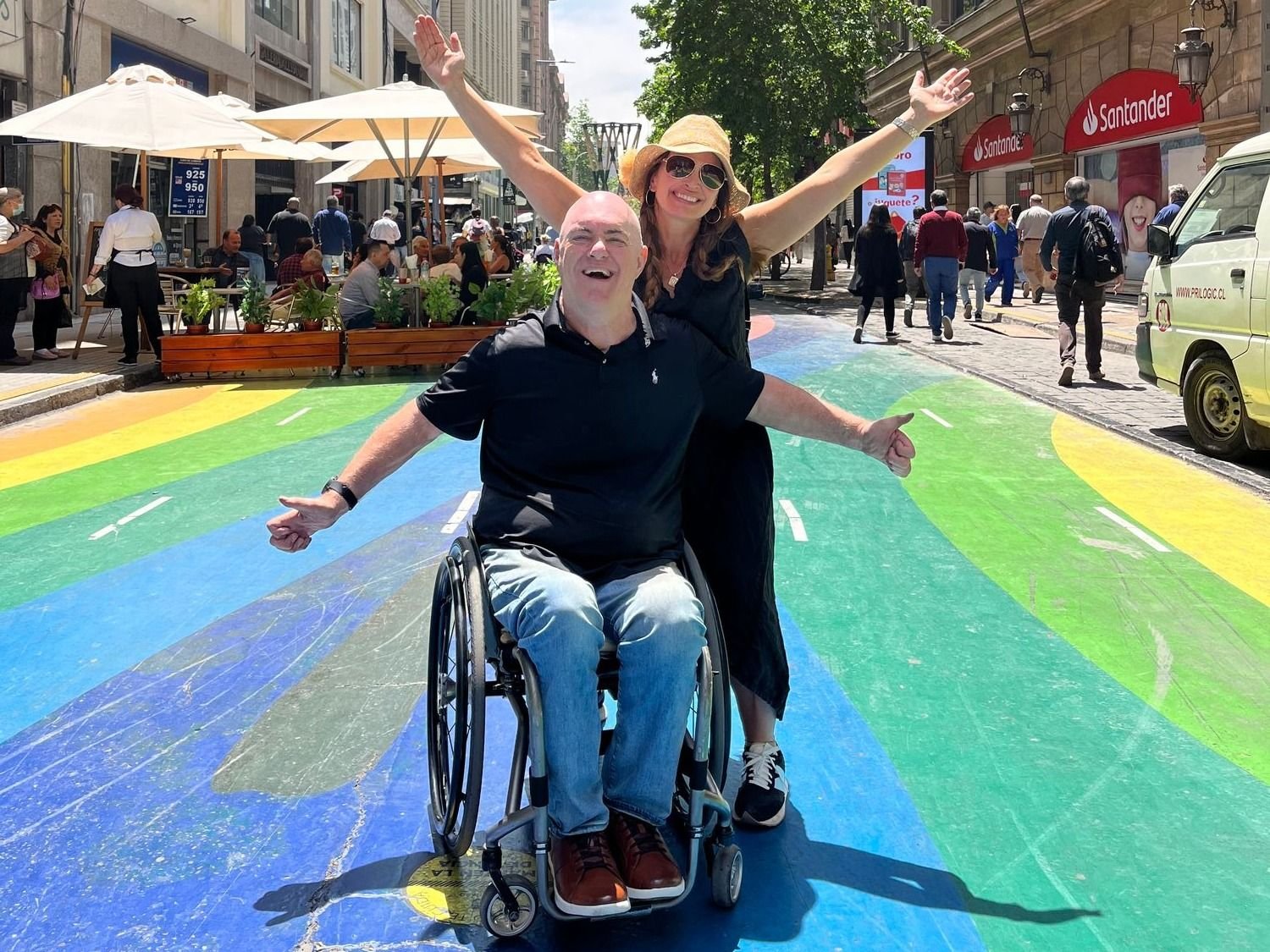Travelling is a transformative experience that opens our minds to new cultures, landscapes, and possibilities. For those embarking on journeys with a disabled partner, careful planning and consideration are key to ensuring a smooth and enjoyable trip. In this blog post, we will explore ten invaluable tips to make travel with a disabled person a fulfilling and stress-free adventure.
- Thorough Planning is Key: Before setting off, conduct comprehensive research on your chosen destination’s accessibility features, accommodation options, and available support services. Knowing the lay of the land will help you anticipate challenges and plan accordingly. This planning phase should include looking into the availability of accessible restrooms, dining facilities, and emergency medical services.
- Choose the Right Accommodations: Opt for accommodations that are wheelchair-friendly and equipped with accessible amenities. Many hotels now offer accessible rooms with features such as roll-in showers, grab bars, and ramps. It’s also beneficial to contact the hotel directly to confirm that the rooms meet your specific needs, as online descriptions can sometimes be misleading.
- Pack Essentials and Medications: Ensure you pack all necessary medications and medical supplies, and carry a copy of prescriptions. It’s also wise to have a basic first aid kit on hand. Check with your airline regarding any restrictions or guidelines for carrying medical equipment. Additionally, consider packing extra supplies in case of delays or unexpected changes in your itinerary.
- Prioritize Comfortable Transportation: Whether you’re flying, driving, or taking public transport, prioritize the comfort and accessibility of your chosen mode of transportation. Notify airlines or bus companies in advance to arrange necessary assistance. For flights, it’s important to request bulkhead seating or other accommodations that provide extra space and easier access.
- Research Local Accessibility: Familiarize yourself with local accessible transportation options, such as wheelchair-accessible taxis or public transport. Plan your routes and activities to minimize physical exertion for your companion. It’s also helpful to have a list of accessible restaurants and attractions beforehand to avoid any last-minute stress.
- Stay Connected with Healthcare Providers: Maintain communication with your healthcare providers during your trip. In case of emergencies, having relevant medical records and contact information readily available can be crucial. Some places may also have telemedicine options available, which can be a lifesaver if you need medical advice or assistance on the go.
- Utilize Mobility Aids: If your partner uses mobility aids, such as a wheelchair or walker, ensure they are in optimal condition for travel. Consider bringing backup equipment and accessories to address unforeseen issues. For instance, having spare batteries for electric wheelchairs or extra cushions for added comfort can make a significant difference.
- Be Mindful of Accessibility at Attractions: Research the accessibility features of attractions and landmarks you plan to visit. Many tourist sites now provide services like guided tours for those with disabilities, ensuring a more inclusive experience. Some attractions may also offer sensory-friendly options, which can be beneficial for travellers with sensory processing disorders.
- Adapt to Changing Needs: Recognize that the needs of your partner may change during the trip. Be flexible in your plans and ready to adapt to unforeseen circumstances, making the journey more enjoyable for everyone involved. This might mean taking more frequent breaks, adjusting your itinerary, or seeking out quiet spaces when needed.
- Seek Local Support Groups: Connect with local disability support groups or organizations at your destination. They can offer valuable insights, resources, and assistance, enhancing your overall travel experience. These groups can provide recommendations for accessible dining, shopping, and entertainment options, as well as offer support if you encounter any challenges.
Conclusion:
Travelling with a disabled partner requires careful preparation, patience, and flexibility. By following these ten tips, you can create a travel experience that is not only accessible but also enjoyable and memorable. Remember, with the right mindset and a proactive approach, exploring the world with a disabled companion can be a deeply enriching experience for both of you. Safe travels!
In addition to these tips, consider using technology to your advantage. There are numerous apps designed to help travellers with disabilities find accessible venues, plan routes, and even communicate in different languages. Social media platforms and travel forums can also be valuable resources for getting real-time advice and reviews from other travelers who have similar needs.
Moreover, don’t underestimate the power of a positive attitude. Travelling can be unpredictable and sometimes stressful, but maintaining a positive outlook can make all the difference. Celebrate the small victories and special moments, and remember that every challenge overcome is a testament to your resilience and adaptability.
Ultimately, travelling with a disabled partner is about creating shared experiences and making lasting memories. It’s an opportunity to see the world through a new lens and to grow together as you navigate new environments and cultures. By being well-prepared and staying flexible, you can ensure that your travels are not only accessible but also rich in joy and discovery. Happy travels!



+ There are no comments
Add yours